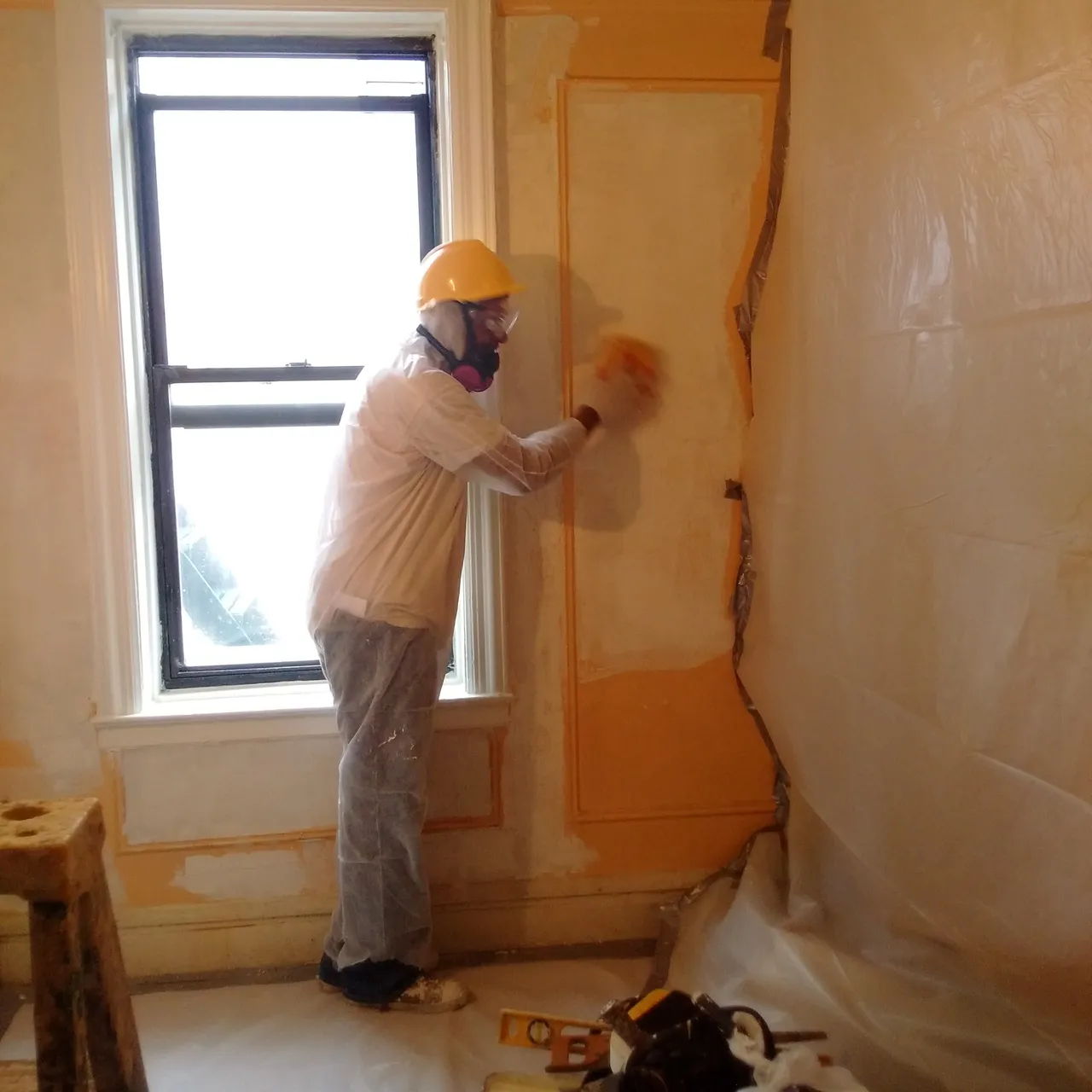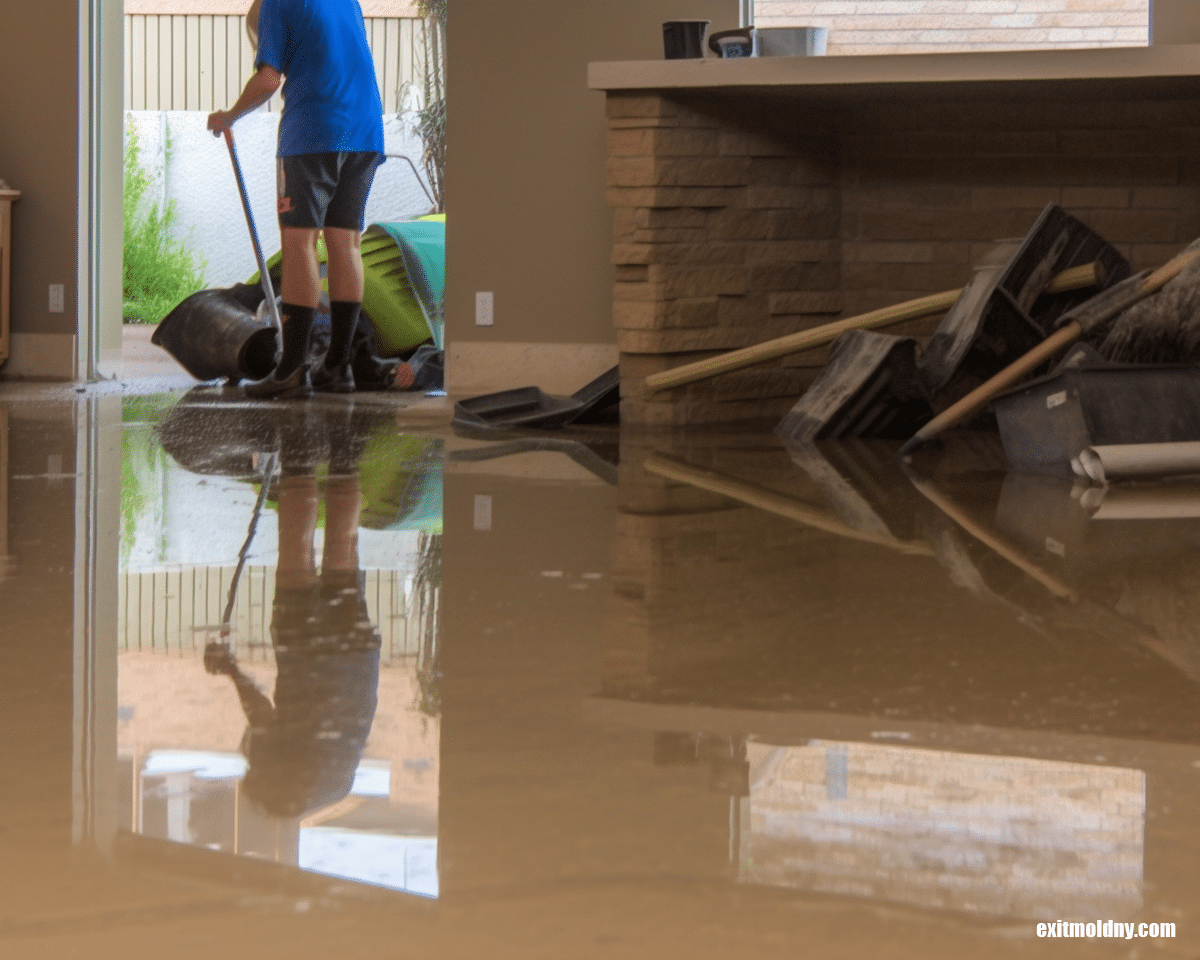Vital Devices and Techniques for Effective Lead Offense Cleanup
Resolving lead offenses successfully demands a detailed strategy that mixes the right tools with strategic techniques. Concurrently, the usage of specialized clean-up devices, such as HEPA vacuums and lead-specific cleaning representatives, is imperative for detailed impurity removal. Reliable containment techniques, including plastic bed linen and unfavorable air stress systems, are important to prevent the spread of harmful products.
Individual Protective Tools
Personal safety tools (PPE) is a crucial element in the efficient administration of lead contamination clean-up. The essential PPE for lead cleanup consists of respirators, safety clothes, handwear covers, and eye defense.
Respirators, specifically those furnished with HEPA filters, are crucial for filtering air-borne lead bits, avoiding breathing. Proper fit and seal checks are important to guarantee their efficiency. Safety apparel, including coveralls and disposable fits, avoids lead dirt from sticking to workers' garments, reducing the danger of additional contamination. Gloves, usually made of nitrile or latex, shield the skin from direct call with lead, while safety goggles or full-face shields shield the eyes from dust and debris.
In addition, rigorous training on the right use and maintenance of PPE is crucial. Employees must be educated on donning and doffing treatments to avoid contamination. Regular examinations and substitutes of PPE components are required to maintain their protective capabilities, ensuring a safe and compliant clean-up operation.
Specialized Cleanup Tools

One more important device is the wet/dry vacuum, which can efficiently tidy up both dirt and fluid contaminants. These vacuums usually come with HEPA filters to supply an added layer of safety and security. Wet cleans or tack towels are additionally essential for surface area cleansing; they are especially made to record and hold lead particles, lowering the threat of spreading contamination.
For more stubborn deposits, specialized lead-removal cleaner are required. These agents are developed to damage down lead bits, making them less complicated to get rid of. Scrub brushes with sturdy bristles can aid in this process, particularly on harsh surface areas where lead dirt has a tendency to adhere a lot more highly.
In addition, encapsulants are made use of to secure lead-contaminated surface areas, protecting against the launch of lead dirt. These specialized paints and finishes are developed to comply with numerous substratums, giving a long-lasting solution for lead control.
Efficient Containment Approaches
Effective control approaches are essential in mitigating the spread of lead contamination throughout cleanup tasks. Carrying out robust control techniques ensures that lead fragments do not migrate to untouched areas, therefore securing both workers and the atmosphere (DOH & HPD Lead Violation Removal NYC).

To enhance containment, encapsulants can be put on surface areas that are not being removed or interrupted. These specialized finishes bind lead dust, minimizing its availability for resuspension. In addition, all employees need to wear proper Personal Safety Equipment (PPE), including respirators and non reusable matches, to stop contamination spread.
Safe Disposal Practices
Ensuring risk-free disposal techniques is an essential component in the monitoring of lead contamination cleanup. Appropriate disposal reduces the threat of lead re-entering the atmosphere and jeopardizing public health. The very first step is to identify and set apart lead-contaminated waste from other products. Secure containment utilizing sturdy, leak-proof containers is necessary to protect against spillage during transport.
Carrying lead waste calls for adherence to rigorous standards. Making use of licensed dangerous waste providers guarantees that this link the products are managed sensibly. Documents, consisting of shows up describing the kind and amount of waste, need to come with shipments to track the waste from the site of beginning to its last disposal location.
Designated contaminated materials disposal centers are furnished to manage lead-contaminated materials securely. These facilities commonly utilize sophisticated techniques such as stabilization, solidification, or chemical therapy to counteract the lead prior to disposal. Landfilling in specialized, lined areas that avoid leachate from contaminating groundwater is a common technique for last disposal.
Routine training for workers associated with lead waste disposal is crucial to keep security requirements and prevent accidental direct exposure. By sticking to these techniques, companies can dramatically Your Domain Name minimize the environmental and wellness effects connected with lead contamination.
Regulatory Conformity Tips

Adhering to regulatory conformity is critical in the effective execution of lead contamination cleaning. Comprehending and following government, state, and local laws makes sure not only the security and health of individuals but additionally the legal and monetary well-being of the clean-up company. The Epa (EPA) sets rigorous requirements, such as the Lead Renovation, Repair Service, and Painting (RRP) Guideline, which mandates correct certification and training for service providers dealing with lead-based tasks.
Conformity begins with an extensive analysis of relevant laws and policies. Organizations must remain updated on any kind of legislative changes, which can be helped with through routine training sessions and registering for sector updates. Documents is another crucial compliance visit site element; preserving detailed records of all activities, including evaluation reports, worker training logs, and disposal materializes, is vital.
Additionally, engaging with certified lead inspectors or risk assessors guarantees that lead risks are correctly identified and mitigated. Companies should implement using Personal Protective Tools (PPE) and make certain that safety and security methods are purely followed. Last but not least, transparent communication with stakeholders, including staff members, customers, and regulative bodies, will cultivate a culture of compliance and accountability, inevitably adding to a much safer and much more reliable lead cleaning process.
Verdict
Effective lead infraction clean-up demands the combination of specialized tools and critical approaches to ensure security and efficacy. Making use of HEPA vacuums, specialized cleansing agents, and reliable containment approaches such as plastic sheet and adverse air pressure systems is essential. Personal safety equipment (PPE) safeguards employees from exposure, while risk-free disposal techniques and stringent adherence to governing compliance are essential for sensibly managing harmful waste. Jointly, these procedures considerably alleviate wellness threats and contribute to a cleaner setting.